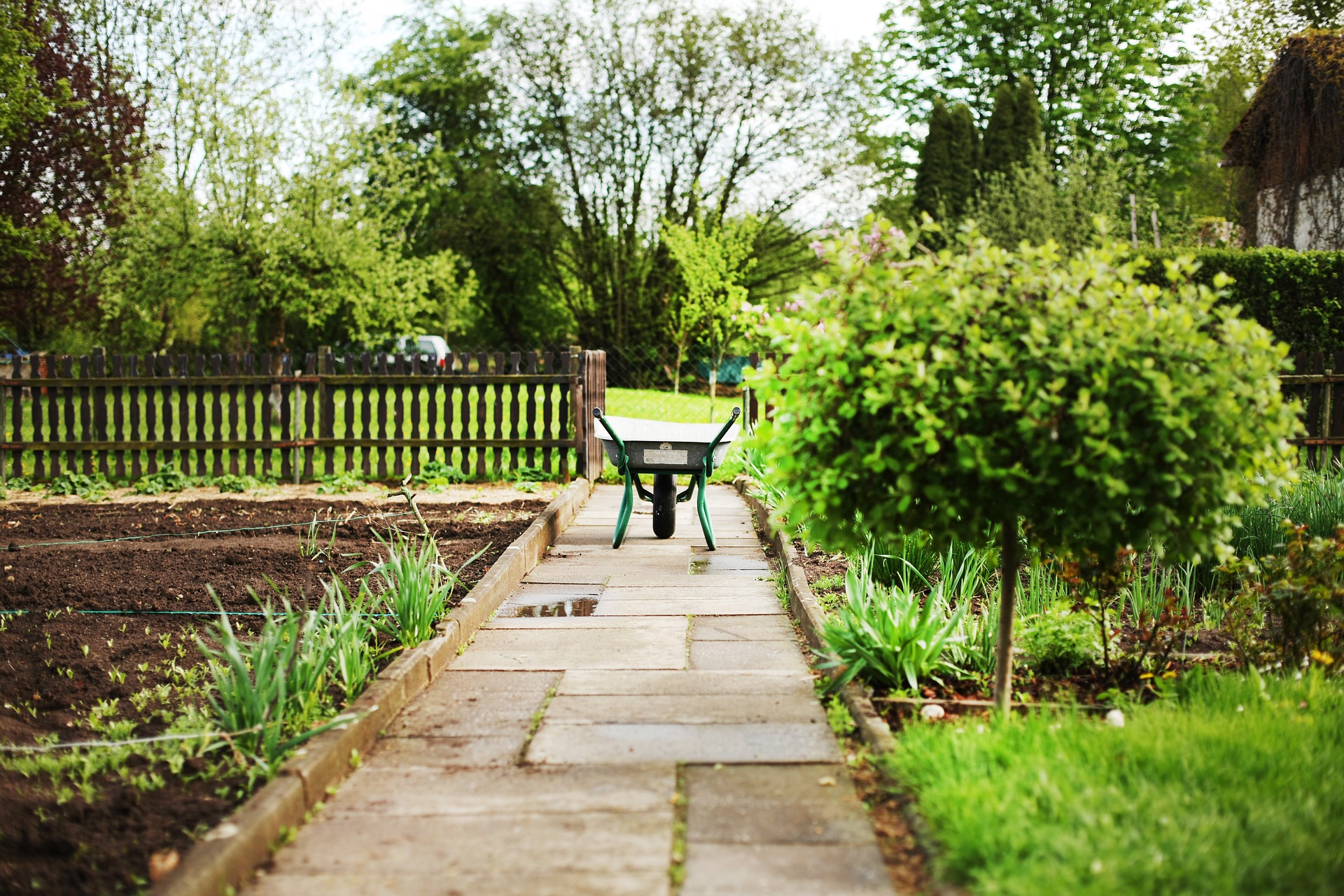Seasonal Pruning Plans to Support Shrub and Tree Health
Seasonal pruning helps maintain structure, improve flowering and fruiting, and reduce disease risk in shrubs and trees. A thoughtful plan tied to plant type, local climate, and garden goals supports long-term health while coordinating with irrigation, soil care, and pest management.

Maintaining shrubs and trees through seasonal pruning supports plant health, safety, and landscape function. Pruning at the right time removes dead or diseased wood, improves air circulation, and directs growth to desired structural forms. A seasonal plan considers each species’ growth cycle, local climate conditions, and how pruning fits with other practices such as irrigation, mulch application, and soil building. Consistency and correct technique reduce stress on plants and make subsequent maintenance easier.
When to prune: pruning by season
Pruning timing depends on whether a plant blooms on new or old wood and its dormancy period. For many deciduous shrubs and trees, late winter pruning while dormancy persists clears damaged branches and shapes structure before spring growth. Summer pruning can slow overly vigorous growth and expose pests, but avoid heavy cuts during hot, dry periods. Evergreens and spring-flowering shrubs often benefit from light shaping after flowering. Matching pruning season to a species’ life cycle minimizes flower loss and supports recovery.
How pruning affects soil, compost, and fertilizer
Pruning intersects with soil care: trimmed material can become compost feedstock, returning nutrients to beds once properly processed. Fresh prunings, if chipped and used as mulch, reduce moisture loss and suppress weeds; composted woodier material helps soil structure. Apply fertilizer based on soil tests rather than routine timing; heavy feeding immediately after major pruning can push weak new growth. A combined approach—balanced fertilizer, quality compost, and attentive soil management—helps plants recover and maintain vigor after cuts.
Irrigation, mulch, and xeriscaping considerations
Pruning alters a plant’s water demand; after significant thinning, adjust irrigation to prevent drought stress while roots support regrowth. Well-applied mulch preserves soil moisture and moderates temperature swings, important after pruning when root-to-shoot balance shifts. In xeriscaping or waterwise landscapes, prune to reduce excessive shading or encourage forms that tolerate dry conditions. Select pruning methods that retain canopy for moisture conservation, and time work to avoid peak heat to reduce transpiration stress.
Managing pests and plant health during pruning
Pruning can both reveal and help manage pests and disease by increasing light and airflow in the canopy. Remove and destroy infected wood to limit spread, and sanitize tools between cuts when dealing with contagious diseases. Avoid large wounds on susceptible species; when large cuts are necessary, ensure clean, angled cuts that promote healing. Monitor pruned areas for pest activity, and integrate cultural controls such as proper irrigation and fertilizer practices before considering chemical options.
Pruning for perennials, shrubs, trees, and containers
Different plant types call for tailored pruning. Perennials usually require deadheading and selective cutting to prolong bloom and tidy spent stems. Shrubs benefit from rejuvenation pruning every few years or selective shaping annually. Trees need structural pruning to develop strong branch unions and reduce hazards; major tree pruning is best done in dormancy by skilled caretakers when necessary. Container plants require lighter, more frequent pruning to maintain size and encourage branching while ensuring potting media and watering match the plant’s needs.
Choosing native plants and landscaping patterns
Incorporating native plants into landscaping supports local ecology and often reduces pruning needs because many natives are adapted to local seasons and pests. Design landscapes with plant spacing and layering that reduce future maintenance—placing longer-lived trees away from structures and grouping shrubs by mature size. Use mulch and compost to build soil health and select plants that match irrigation zones. Thoughtful plant selection and arrangement minimize corrective pruning and create resilient garden systems.
Seasonal pruning plans are part of a broader landscape stewardship approach that includes soil care, appropriate irrigation, mulch management, pest monitoring, and plant selection. Careful timing and technique reduce stress and support recovery, while integrating compost and fertilizer practices sustains long-term vigor. Observing how shrubs and trees respond over seasons helps refine pruning routines and align them with garden goals for structure, bloom, and ecological function. Over multiple seasons, incremental improvements to pruning technique, soil quality, and water management produce measurable benefits in plant health and landscape resilience.





